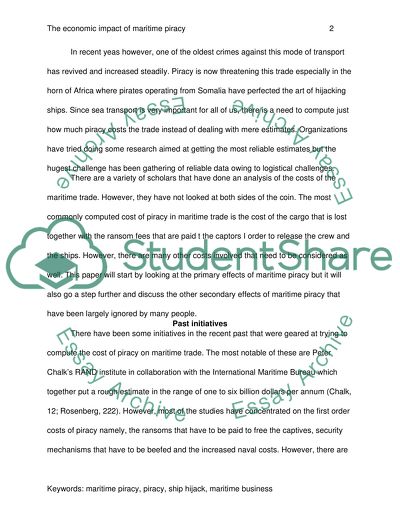Cite this document
(“The impact of piracy on maritime trade and fishing industry Research Paper”, n.d.)
Retrieved from https://studentshare.org/marketing/1396232-the-impact-of-piracy-on-maritime-trade-and-fishing-industry
Retrieved from https://studentshare.org/marketing/1396232-the-impact-of-piracy-on-maritime-trade-and-fishing-industry
(The Impact of Piracy on Maritime Trade and Fishing Industry Research Paper)
https://studentshare.org/marketing/1396232-the-impact-of-piracy-on-maritime-trade-and-fishing-industry.
https://studentshare.org/marketing/1396232-the-impact-of-piracy-on-maritime-trade-and-fishing-industry.
“The Impact of Piracy on Maritime Trade and Fishing Industry Research Paper”, n.d. https://studentshare.org/marketing/1396232-the-impact-of-piracy-on-maritime-trade-and-fishing-industry.


